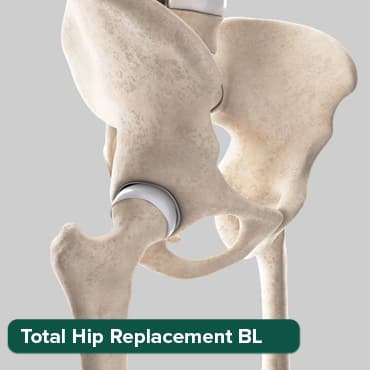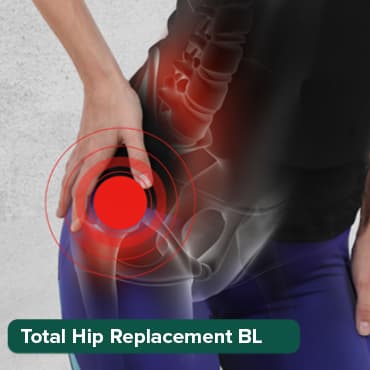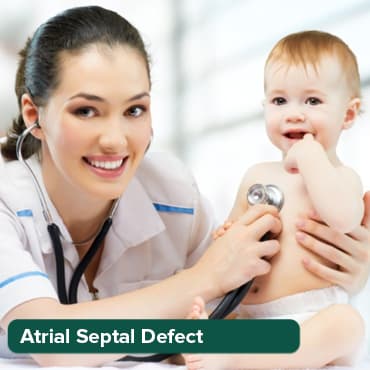
Max Hospitals: A Guide to Robotic Surgery
15 Jun, 2023
 Obaidullah Junaid
Obaidullah JunaidRobotic surgery is an advanced surgical technique that utilizes robotic systems to assist surgeons in performing complex procedures with increased precision, flexibility, and control. Max Hospitals recognizes the potential of robotic surgery and has developed a comprehensive guide to help patients understand this innovative approach.
Understanding Robotic Surgery
Transform Your Beauty, Boost Your Confidence
Find the right cosmetic procedure for your needs.

We specialize in a wide range of cosmetic procedures

- Overview of robotic surgery: Explanation of how robotic systems are used in surgical procedures, including the components of the robotic system and their functions.
- Advantages of robotic surgery: Discussing the benefits of robotic surgery, such as smaller incisions, reduced blood loss, faster recovery times, and improved surgical outcomes.
- Comparison to traditional surgery: Highlighting the differences between robotic surgery and traditional open or laparoscopic procedures.
Robotic Surgical Procedures at Max Hospitals
- Detailed description of common robotic surgical procedures offered at Max Hospitals, such as robotic-assisted prostatectomy, robotic-assisted hysterectomy, robotic-assisted colorectal surgery, and more.
- Patient selection criteria: Explaining the factors considered when determining if a patient is suitable for robotic surgery.
- Preoperative preparation: Outlining the necessary steps patients need to take before undergoing a robotic surgical procedure.
The da Vinci Surgical System
- Introduction to the da Vinci Surgical System: Providing an in-depth look at the da Vinci Surgical System, one of the most widely used robotic surgical systems.
- Components of the da Vinci system: Exploring the robotic arms, camera system, console, and other elements of the da Vinci system and their roles in the surgical process.
- Surgeon's console: Describing how surgeons control the robotic instruments from the console and the benefits it offers in terms of precision and dexterity.
Patient Experience and Recovery
- Preoperative counseling: Explaining how Max Hospitals prepares patients for robotic surgery, including providing information on the procedure, managing expectations, and addressing any concerns.
- Robotic surgery procedure: Detailing what patients can expect during the surgical procedure, including anesthesia, positioning, and the role of the surgical team.
- Post-operative care and recovery: Outlining the recovery process after robotic surgery, including pain management, incision care, and follow-up appointments.
Safety and Outcomes
- Safety considerations: Discussing the safety measures in place during robotic surgery, such as built-in safety features, continuous monitoring, and experienced surgical teams.
- Clinical outcomes: Presenting data on the success rates, complication rates, and patient satisfaction levels associated with robotic surgery at Max Hospitals.
- Comparative studies: Reviewing studies that compare the outcomes of robotic surgery with traditional open or laparoscopic procedures.
Advancements in Robotic Surgery at Max Hospitals
- Continuing research and innovation: Highlighting Max Hospitals' commitment to staying at the forefront of robotic surgery advancements through ongoing research, clinical trials, and collaborations with leading robotic technology companies.
- Emerging applications of robotic surgery: Exploring new and expanding areas where robotic surgery is being utilized, such as cardiac surgery, neurosurgery, orthopedic surgery, and thoracic surgery.
- Integration of augmented reality and artificial intelligence: Discussing how Max Hospitals incorporates emerging technologies like augmented reality and artificial intelligence into robotic surgery to enhance visualization, decision-making, and surgical precision.
Multidisciplinary Approach and Collaborative Care
Most popular procedures in India
Total Hip Replacemen
Upto 80% off
90% Rated
Satisfactory

Total Hip Replacemen
Upto 80% off
90% Rated
Satisfactory

Total Hip Replacemen
Upto 80% off
90% Rated
Satisfactory

ANGIOGRAM
Upto 80% off
90% Rated
Satisfactory

ASD Closure
Upto 80% off
90% Rated
Satisfactory

- Multidisciplinary teams: Describing the collaborative nature of robotic surgery at Max Hospitals, involving surgeons, nurses, anaesthesiologists, and other healthcare professionals working together to provide comprehensive care.
- Team expertise and training: Highlighting the extensive training and expertise of the surgical teams at Max Hospitals in robotic surgery, ensuring a high standard of patient care and safety.
- Rehabilitation and support: Discussing the rehabilitation programs and support services available to patients following robotic surgery, aimed at optimizing their recovery and overall well-being.
Patient Testimonials
- Sharing personal stories: Featuring testimonials from patients who have undergone robotic surgery at Max Hospitals, discussing their experiences, outcomes, and quality of life improvements.
- Diverse patient perspectives: Showcasing a range of patient testimonials across different surgical procedures and medical conditions to demonstrate the versatility and effectiveness of robotic surgery.
Conclusion
The guide concludes by reiterating Max Hospitals' commitment to excellence in robotic surgery, highlighting the ongoing advancements, multidisciplinary approach, and positive patient outcomes. It encourages readers to explore robotic surgery as a potential option for their medical needs, assuring them of Max Hospitals' expertise, state-of-the-art technology, and patient-centered care. The guide may also provide contact details for further inquiries or to schedule a consultation at Max Hospitals.
Wellness Treatment
Give yourself the time to relax
Lowest Prices Guaranteed!

Lowest Prices Guaranteed!
